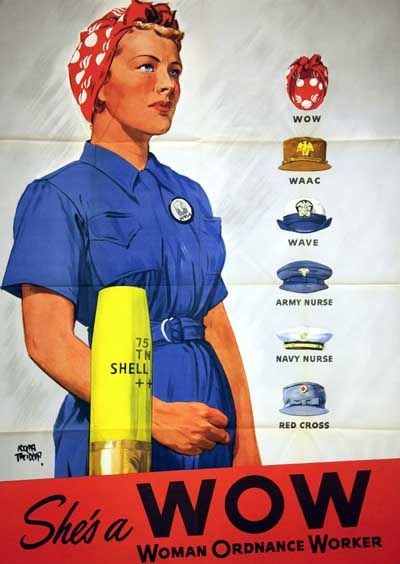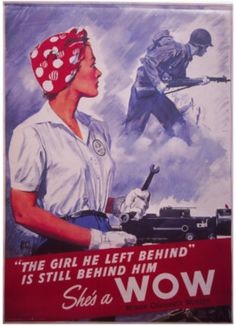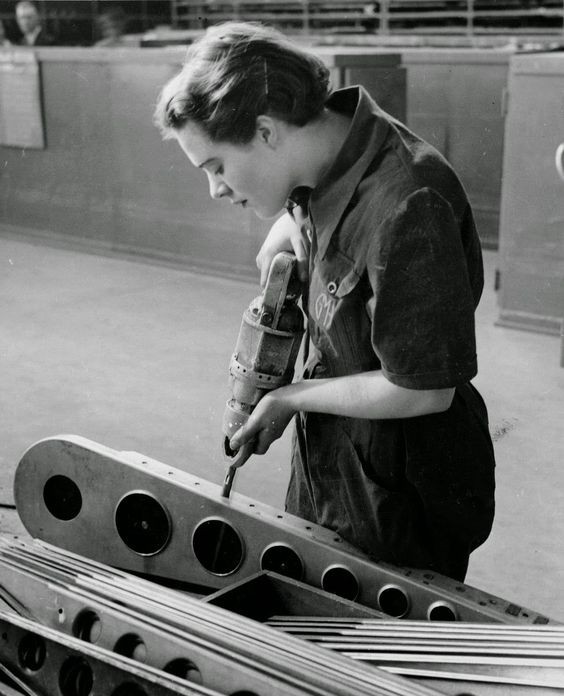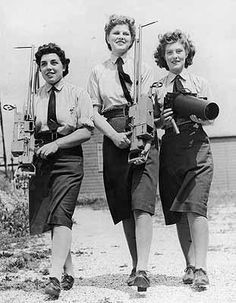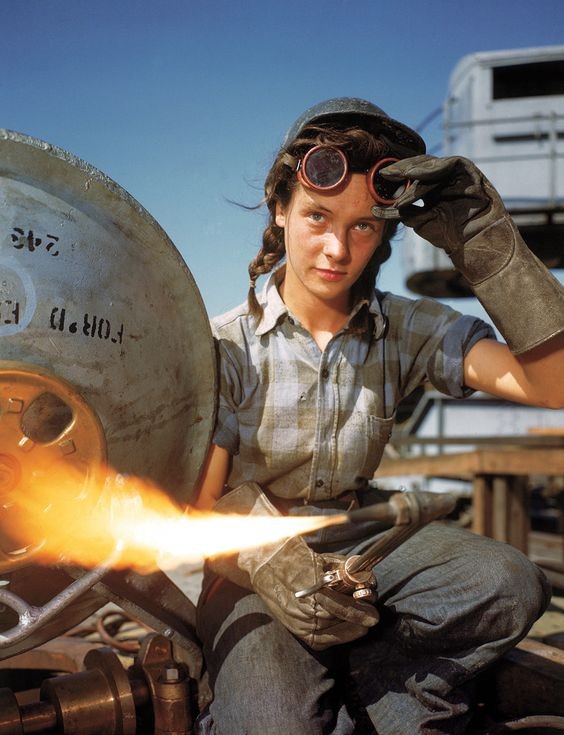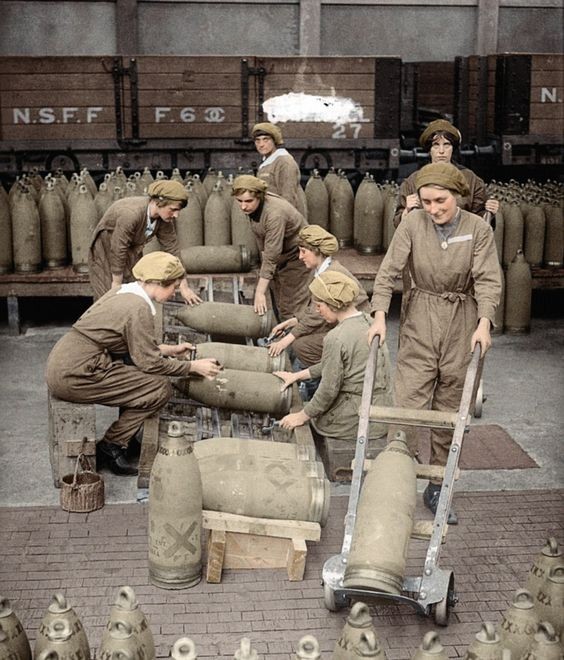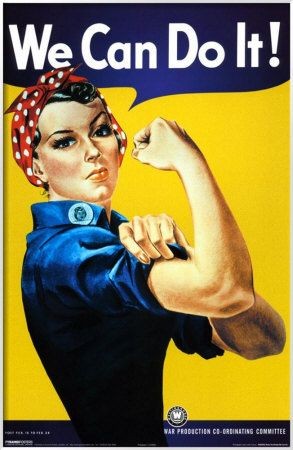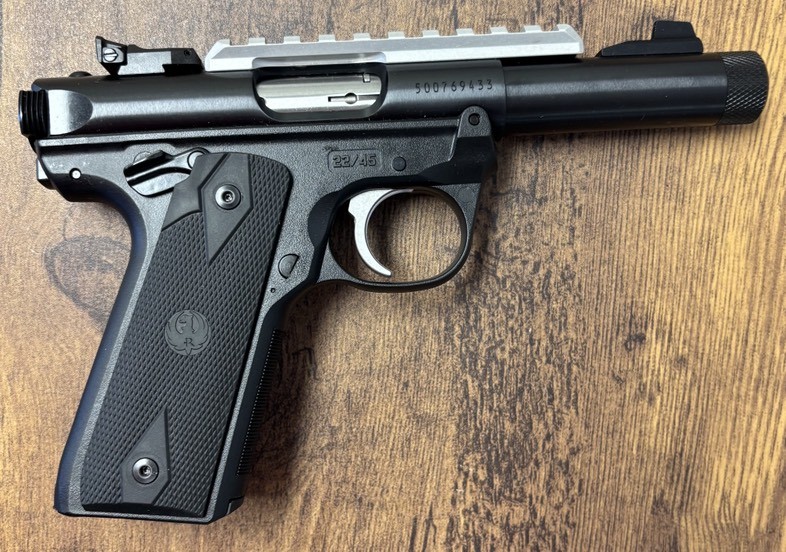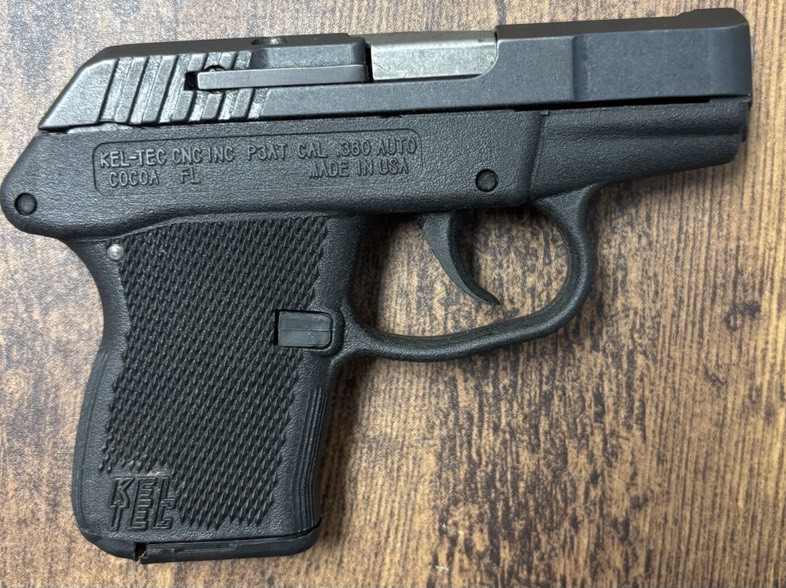We Can Do It!
Women played a huge role during the 1940's war time ear, weather it was joining the service, building aircraft, welding battle ships, or loading ammunition for our troops, women where a crucial asset to the military and the success of the #alliedvictory. Take a look at some of the #vintagewarads like #rosietheriveter and #she'saWOW posters that sent a #powerfulmessage to the women and men of our country.
Aircraft Industries
Women industrial workers focused most of their energies on building aircraft, ships, and munitions. In 1940, only 13,000 planes existed; President Roosevelt asked that 60,000 more war planes be built. Douglas Aircraft, one of the largest aircraft plants in the United States at that time had its main facility at Long Beach, California. During the war, Douglas employed 22,000 women, most of whom built bombers and transport planes. Women assembled thousands of Boeing B-17 Flying Fortress airplanes, the workhorse on the European front, which carried ten-man crews and huge bomb loads into enemy territory.
Shipbuilding
Women experienced greater challenges breaking into the shipbuilding industry since a long tradition of an all-male workforce existed. This slowly changed as the need for greater production increased. In 1942, the Brooklyn Navy Yard lifted its 141-year ban on hiring women. The following year, a need for 30,000 workers in shipyards along the Gulf Coast prompted the hiring of huge numbers of women there. The Kaiser Shipyard in Richmond, California, one of the largest in the country, hired thousands of women to assemble Liberty ships—cargo ships that could be built quickly and inexpensively. At first, Liberty ships took a month to build, then a week, and, finally, just four days. They came to symbolize U.S. wartime industrial efficiency and output. Women played a large role in building these ships with speed and deftness. Some women rose to managerial positions, like Elinor Herrick, who directed personnel at Todd Shipyards, which employed 140,000 people in ten port cities.
Munitions
Women held many jobs in munitions. Producing #bombs and #ammunition was extremely hazardous work. Accidental explosions could be easily triggered by small incorrect movements or misplacement's of material. According to Susan B. Anthony II, "Women form[ed] almost half of all the workers trimming bullet jackets, annealing case parts and assembling bullets and cartridges. In big ammunition—artillery women form[ed] more than a third of the workers."
